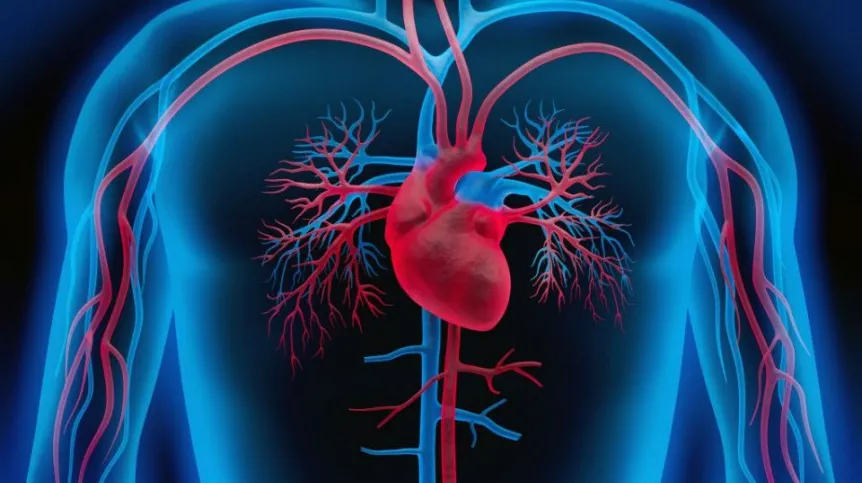
Innovative measurement methods involving, among others, the use of augmented reality and artificial neural networks in sensor technology are being developed by scientists from the Military University of Technology and the Silesian University of Technology. Tests are conducted on models of cardiac chambers, made using 3D printing technology.
According to specialists, medicine is an important sector for 3D printing technology. Extraordinary precision and - which is not without significance - cost efficiency, allow to create highly accurate models that scientists can use to study and improve finished products.
Researchers from the Faculty of Cybernetics, Military University of Technology: Dr. Krzysztof Murawski, Dr. Leszek Grad, Dr. Artur Arciuch, together with Prof. Tadeusz Pustelny\'s team from the Faculty of Optoelectronics, Silesian University of Technology, who initiated the project, develop innovative measurement methods, an essential feature of which is the use of augmented reality and artificial neural networks in sensor technology.
Practical tests are conducted on models of cardiac chambers, made in 3D printing technology. The chambers are printed on Polish Zortrax M200 printers - said Marcin Niedzielski from Zortrax.
Several copies of the artificial heart have already been made. The model consists of blood part of the chamber, membrane unit and pneumatic chamber. Blood part of the chamber and the pneumatic chamber have been made entirely in the 3D printing technology.
According to Niedzielski, the membrane unit is obtained by silicone or rubber moulding from previously prepared, printed forms. This way and as a result of developing a laboratory power supply for the chamber it is possible to improve the measurement techniques that may be used in practice.
"3D printing technology has significantly contributed to the project. The cost of buying commercially available artificial ventricles is so high that in practice it closes the possibility of research carried out by scientific institutions"- added Niedzielski.
Currently, the models are used to verify the accepted hypotheses and for experimental studies, in which the effectiveness of measurement techniques is evaluated. Scientists hope that in the future their research will increase the safety of artificial heart.
PAP - Science and Scholarship in Poland
szu/ jbr/ mrt/
tr. RL













